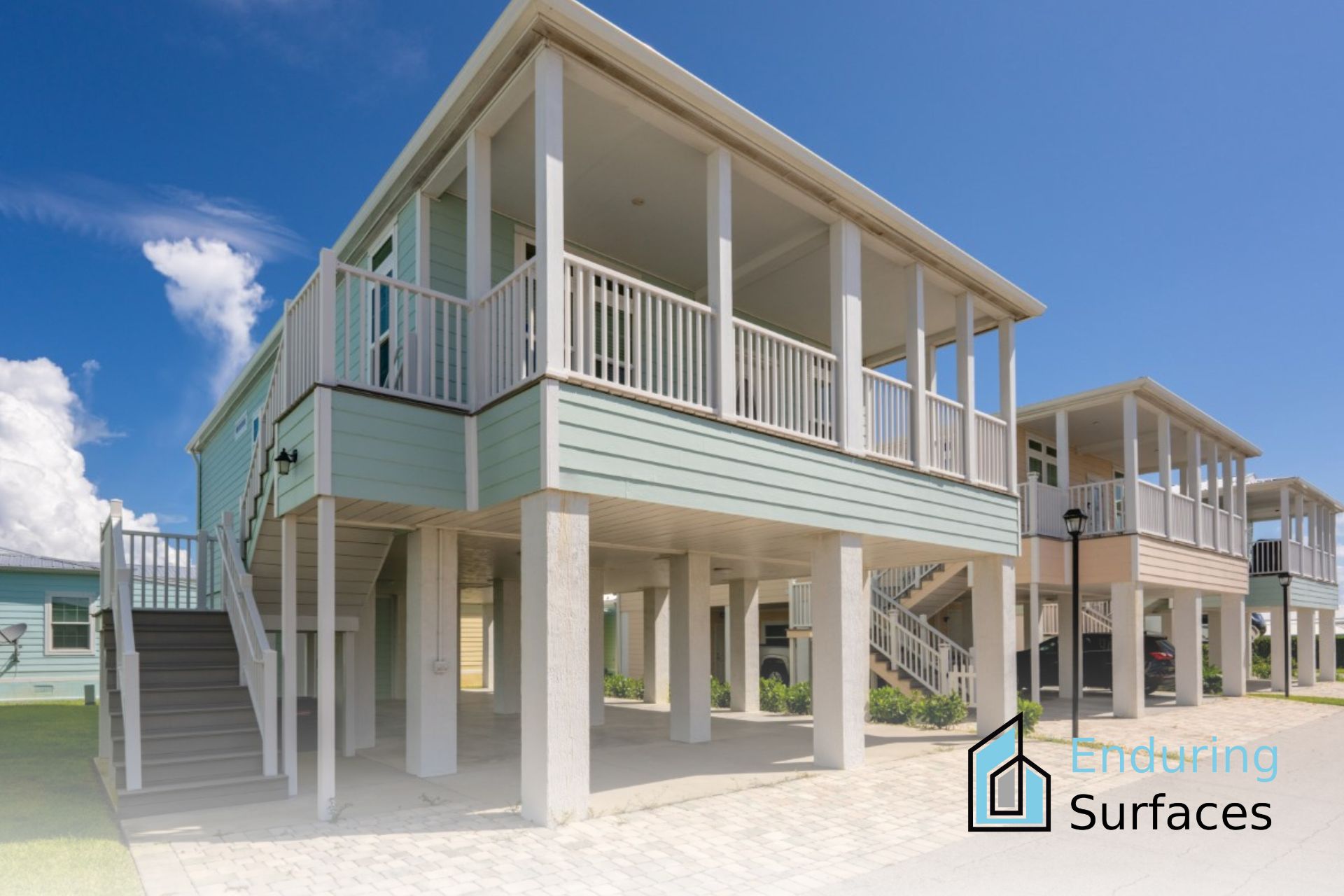How To Build A Home On Stilts. Storm Surge Diagram Homes
For those who want to build their own home on stilts, there are a few steps to follow:
- Your Property – Before you start any construction project, it’s essential that you choose the right plot of land for your new home; keep in mind that building on stilts requires more space than traditional foundations.
- Research local zoning regulations and determine any necessary permits. Your contractor should be able to help with this process.
- Storm surge diagram homes on stilts depend on where you are building. A contractor licensed in the state will likely help obtain permits from local authorities before starting construction;
- Ensure that all necessary documentation is complete prior to beginning work.
- Construct the Foundation – Pouring concrete footers and beams is typically required when building a home on stilts; these provide stability and help prevent future settling issues. A home building contractor will follow all safety protocols.
Storm Surge
Storm Surge Diagram Homes – Stilts are the primary difference from traditional home blueprints. Stilts are made of sturdy materials such as steel or concrete and installed according to local building codes. Construction of the home – once the foundation is in place, you can begin constructing your home. This includes framing walls, installing roofing and siding, plumbing fixtures, electrical wiring, drywall, windows and doors, HVAC equipment, landscaping, and more.
If you are unfamiliar with these tasks it’s best to hire a professional contractor who will ensure that all work is completed properly. Finalize construction – in order to finalize construction on a home built on stilts you must obtain an occupancy permit from your local authorities. If you were affected by the recent hurricane we caution you to only higher vetted licensed Florida Contractors to do any work. Don’t cut corners and ask questions!
What is the 50% rule and how does it apply to reconstruction of a home?
The 50% Rule is a regulation provided for by the National Flood Insurance Program (NFIP) stating that you can not make improvements to a structure in excess of 50% of its value unless the entire building structure is brought up to the current flood regulations. This means that if you have flood damage to your home you may want to consider keeping your improvements below the 50% threshold or you may have to make much more drastic changes to the house that will incur significant costs. In many cases your insurance company will not cover the costs to bring your property into compliance with flood regulations. The top flood related compliance factors include elevating the house on stilts, using flood resistant materials and implementing venting to easily allow flood water to exit the property as it recedes. For further information on the Fort Myers website check out this link.

